
Before Reading
Much of your child’s time in school is spent learning how to read. She spent a lot of time learning how to identify letter sounds in order to put those sounds together to make words. Those skills are very practical, but there is much more to reading. Hopefully, your child has also learned to read for meaning—to understand a good story or learn about a favorite animal.
Think about all the things you and your child have read together. You might have helped your child read stop signs to know how to safely cross the street. You and your child may have read directions to a game. Or perhaps you both read a book about pets to learn about the responsibility of owning a dog. Your child reads for a variety of purposes but may not realize that. If your child has a purpose for reading, he will have a focus, and therefore the reading will be more meaningful. It’s important for your child to set his own purpose before reading to create a better interaction between him and the book. Sometimes setting a purpose will be easy for your child because the title or book cover might have to do with something he already knows about. But sometimes kids have to use clues from the title or cover to set a purpose. If you see your child struggling with starting a book, ask him to come up with a reason to read the book. This will help make his reading experience more meaningful!
First things first: Get a sense of what your child already knows. Turn the page and tell your child to Jump Right In!

Here’s what you’ll need for this lesson:
-
markers or crayons
-
note cards
-
magazines
-
paper
Feel free to read the questions aloud.
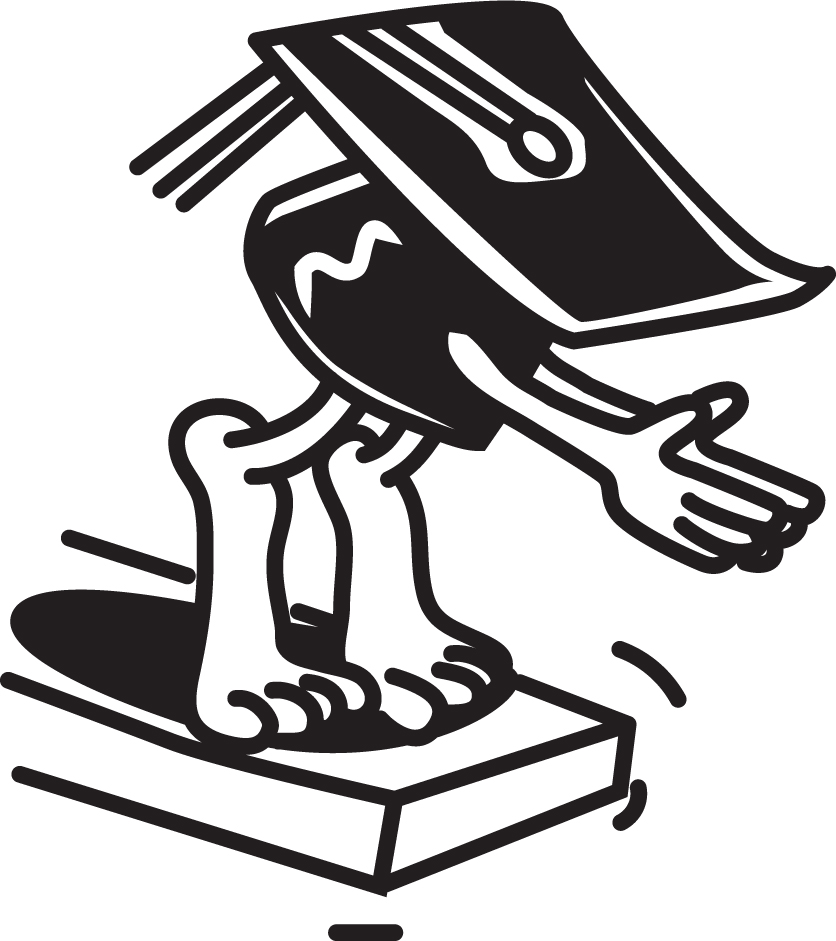 Jump Right In!
Jump Right In!
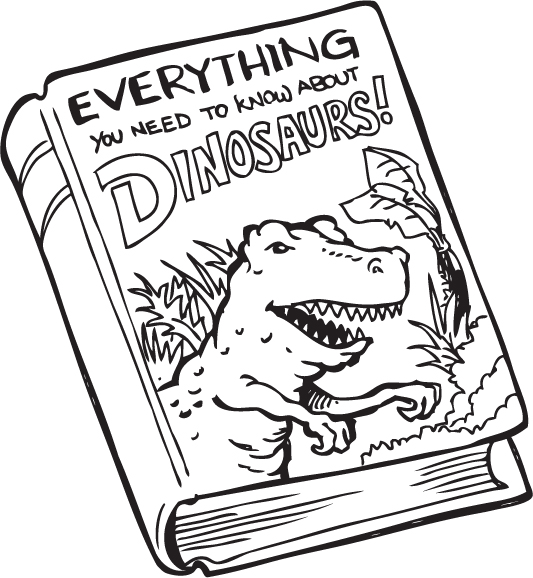
1. Why might you want to read this book?
A. to learn about animals
B. to learn about dinosaurs
C. to laugh about dinosaurs
2. What do you think you’ll find out if you read this book?
A. what dinosaurs ate
B. how to train your dog
C. how to bake a cake
3. What would not be in this book?
A. where dinosaurs lived
B. how dinosaurs moved
C. how to use a computer
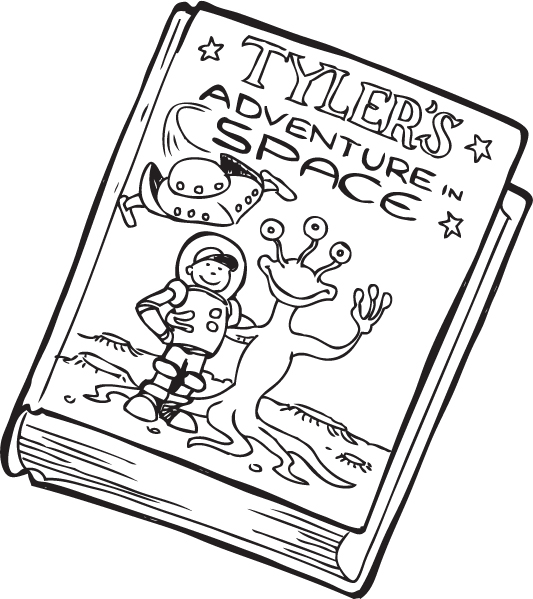
4. Do you think you would read this book to learn how to do something or to have fun? Why?
5. What do you think this book might be about?
Excellent Job! 
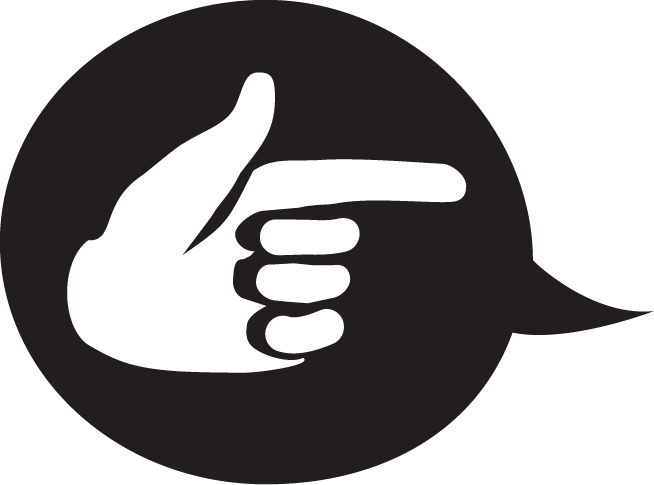 Checking In
Checking In
 Answers for this page:
Answers for this page:
1. B
2. A
3. C
4. An A+ answer: “I think I would read Tyler’s Adventure in Space for fun.”
5. An A+ answer: “I think this book might be about a boy named Tyler who gets to go on a fun trip in space.”
Did your child get the correct answers? If so, help him go further into the book by asking him what he already knows about dinosaurs. If he knows quite a bit about dinosaurs, that probably helped him answer the questions.
Did your child get any of the answers wrong? If so, look at the answers your child chose. Ask her what information she used to choose her answer. Your child might not know how to use clues like the title or the picture on the cover. For questions 4 and 5, point out the picture of the spaceship and the alien.
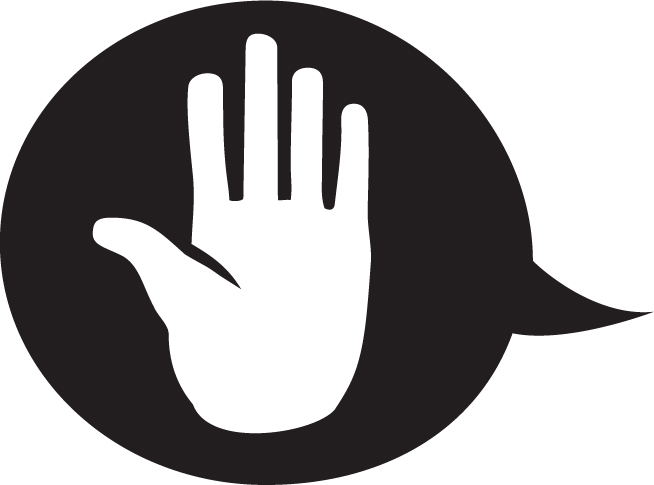 Watch Out!
Watch Out!
Sometimes children often say what they would like the story to be about instead of using clues to gain insight into what the story could be about. First graders have great imaginations and may need to be reminded to focus on the clues that help make predictions.
What to Know…
Setting a purpose for reading and making predictions both help your child get ready to read.
Review these skills with your child this way:
-
Strong readers often set a purpose for reading—they know if they are reading to get information or to have fun.
-
Prior knowledge is any relevant information we have before we begin reading.
-
A prediction is an idea or thought about the future.

Kids should come up with the following purposes for reading each book:
-
to learn how to bake a cake
-
to get information about airplanes
-
to have fun reading a story about Heather’s bad day
 Checking In
Checking In
Can your child make accurate predictions about each book? Your first grader might not think to use information she already has to help make predictions. To access your child’s prior knowledge, ask specific questions like, “What does this picture (or title) remind you of?” or “What do you already know about this topic?”
Your child can practice before-reading skills with these activities. You’ll probably want to read these activities aloud to your child.
On Your Way to an “A” Activities
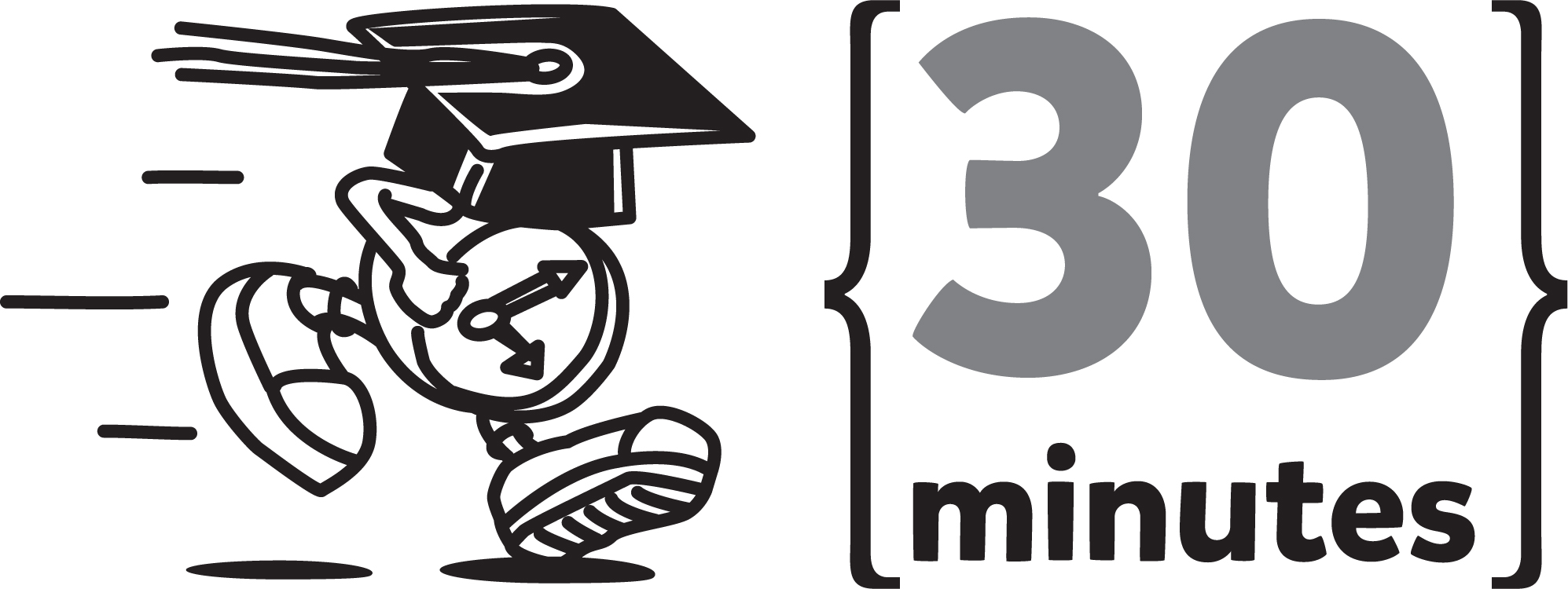
Type: Arts and Crafts
Materials needed: 2 sheets paper, markers or crayons
Number of players: 2
Book covers can tell us a lot about a book just from the picture and title. Imagine you’re a famous artist who’s been asked to create two different book covers. One of these should be for a book someone would want to read for fun. The other cover should be for a book someone would read to get information about something. It’s up to you to create the title and all the artwork for the cover. When you’re finished, show your work to another person and have them make predictions about the books.
First Graders Are…
First graders are very shy about taking risks. The task of drawing pictures like a famous illustrator may seem daunting. Encourage your child to do his best and praise his creations, even if they’re just stick figures and doodles.
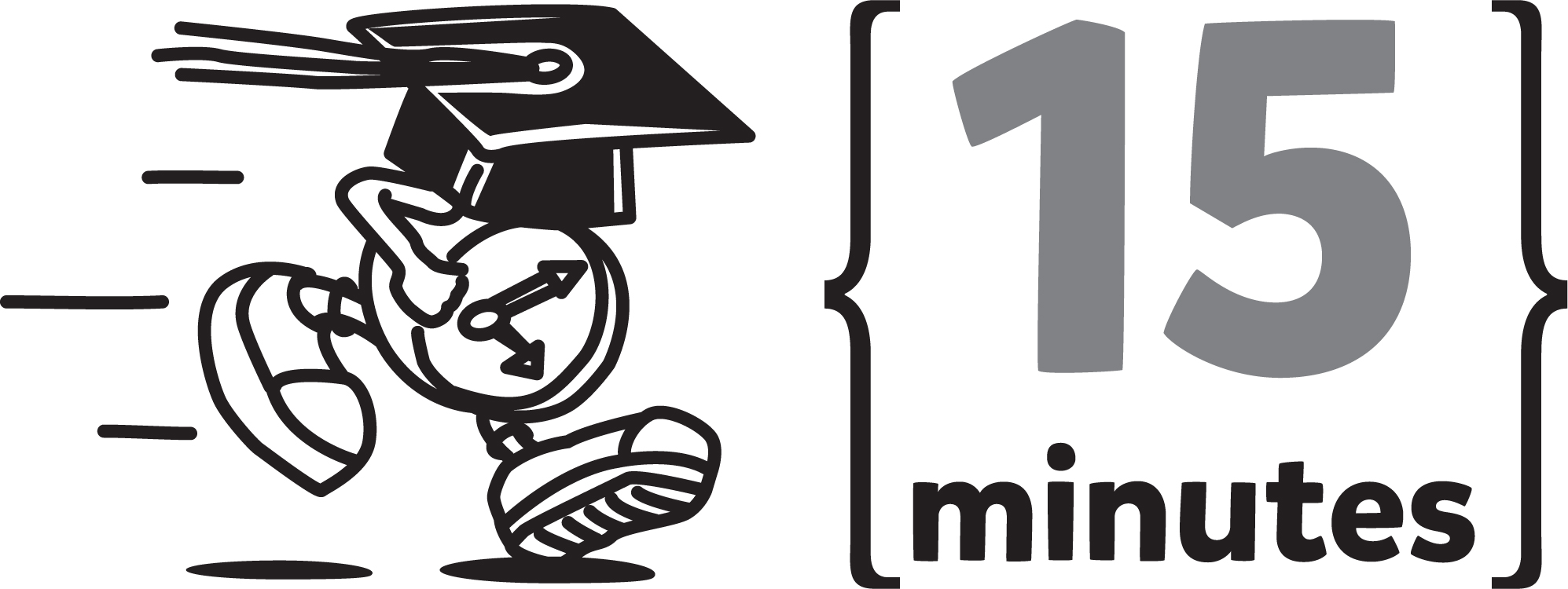
Type: Game/Competitive
Materials needed: note cards
Number of players: 2 or more
Before reading a book, good readers try to think of everything they already know about the topic to make the book easier to read. For this game, you will practice searching your mind for information you already know. Take six note cards. On three of them, write the name of three different people you and the other player know. On the other three, write the name of three animals. Exchange cards with another player. Each player should write five things he or she already knows about each person or animal. It can be anything: favorite food, age, or even hair color.
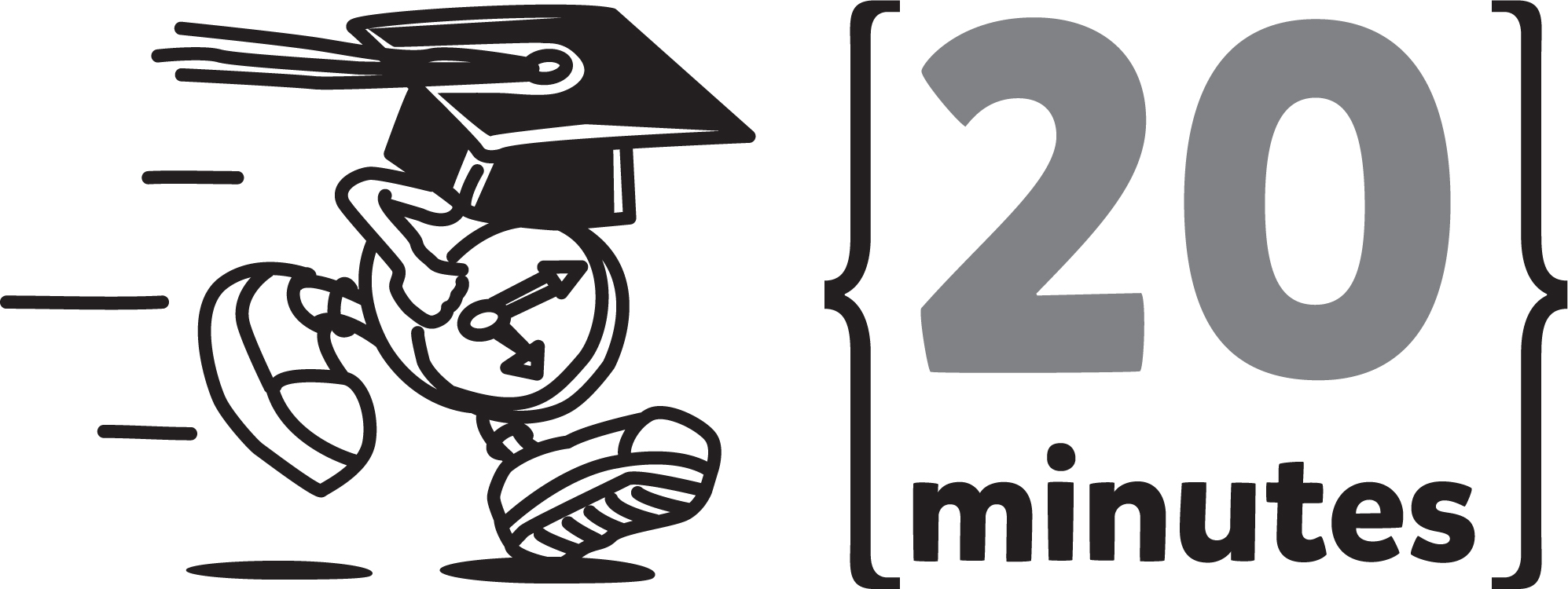
Type: Active
Materials needed: 5 sheets of paper, pencil
Number of players: 2
For this activity, you’re going on a book, magazine, or newspaper hunt. Hunt around your house to find five books, magazines, or newspapers that you would read to get information and five that you would read for fun. Then, think of at least one thing you already know about the topic for each. For the fun books, magazines, or newspapers, make at least one prediction of what you think might happen.

Type: Speaking/Listening
Materials needed: magazines
Number of players: 2
Pictures are some of the best clues to use when trying to make a prediction about a text. Take a look at your favorite magazines. Each player should pick a picture that is interesting to him or her. Take turns making up stories about your picture. Give the people names. Tell what they’re doing and what they’ll do next. Make sure there’s something in the picture to support your prediction.
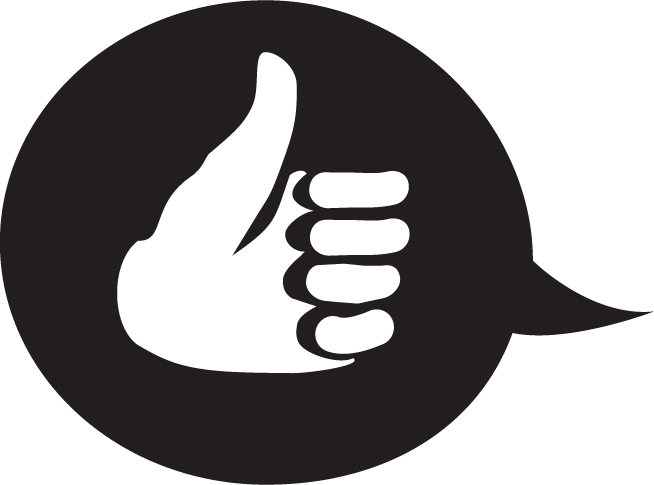 Study Right
Study Right
To give your child a little extra practice with making predictions, use his favorite TV show or movie. During commercial breaks (or when you press pause), ask your child what he thinks will happen next. Get him to support each prediction with details from the show or movie.
Has your child breezed through the activities? If so, he or she can work on this Using Your Head activity independently. You’ll probably want to read the activity below aloud to your child.
Using Your Head

Grab a pencil!
Read page 2 of Tyler’s Adventure in Space.

The spaceship landed. Tyler could hear voices from inside.
Using predictions and what you know about aliens, write and illustrate page 3.